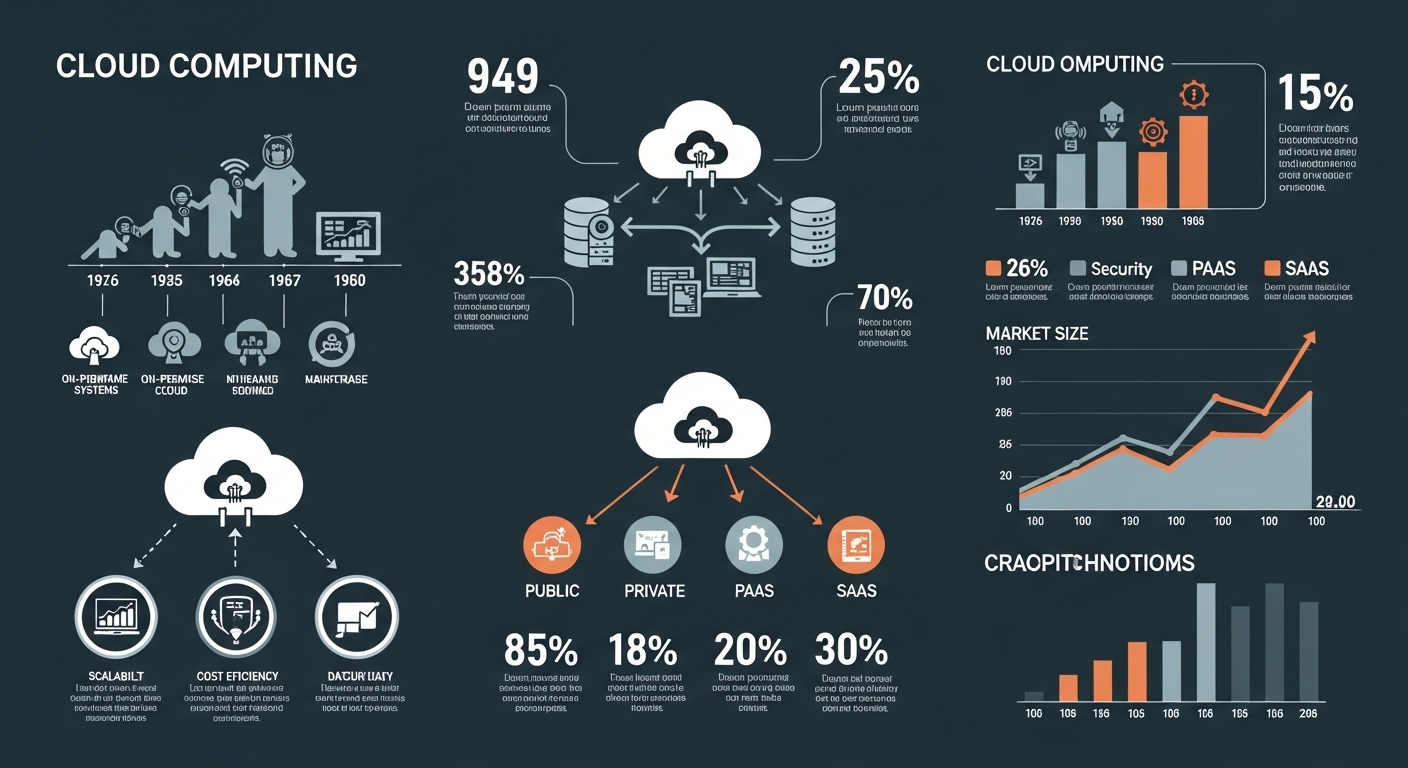Cloud Computing: Unveiling the Power of the Cloud
In today’s digital age, the term “cloud” has become ubiquitous, representing a fundamental shift in how we store, access, and process data. The cloud has revolutionized the way businesses operate, individuals communicate, and technologies evolve. But what exactly is the cloud, and why has it become such an integral part of our daily lives? Let’s delve into the world of cloud computing to understand its history, significance, applications, and future trends.
### History of Cloud Computing
The concept of cloud computing can be traced back to the 1960s when the idea of an “intergalactic computer network” was envisioned by J.C.R. Licklider, known as the father of the internet. However, it wasn’t until the early 2000s that cloud computing gained widespread popularity with the advent of services like Amazon Web Services (AWS) and Google Cloud Platform. These platforms offered on-demand access to computing resources, storage, and applications over the internet, paving the way for the modern cloud era.
### Significance of the Cloud
The cloud offers unparalleled flexibility, scalability, and cost-efficiency compared to traditional on-premises infrastructure. Organizations can leverage cloud services to quickly deploy applications, scale resources based on demand, and reduce capital expenditures on hardware and maintenance. Additionally, the cloud enables remote work, collaboration, and seamless access to data from any device, anywhere in the world. This level of accessibility and agility has transformed how businesses operate and innovate in a rapidly changing market landscape.
### Applications of Cloud Computing
Cloud computing has permeated almost every industry, from healthcare and finance to education and entertainment. Enterprises use cloud services for data storage, analytics, machine learning, and artificial intelligence to gain insights, improve decision-making, and enhance customer experiences. Small businesses leverage the cloud for website hosting, email services, and productivity tools to compete with larger competitors on a level playing field. Individuals store photos, videos, and documents in the cloud for easy access and sharing with friends and family. The versatility of cloud computing makes it a cornerstone of modern technological advancements.
### Future Trends in Cloud Computing
As technology continues to evolve, several trends are shaping the future of cloud computing. Edge computing, which brings processing power closer to the source of data, enables real-time analytics and low-latency applications for IoT devices. Multi-cloud strategies, where organizations utilize multiple cloud providers for different workloads, offer increased flexibility and redundancy. Serverless computing abstracts infrastructure management, allowing developers to focus on code development without worrying about server maintenance. Quantum computing holds the promise of solving complex problems exponentially faster than traditional computers, opening up new possibilities for scientific research and data analysis in the cloud.
### Conclusion
In conclusion, the cloud has revolutionized how we store, access, and process data in the digital age. Its history is rooted in decades of technological advancements, leading to its widespread adoption across industries and individuals. The significance of the cloud lies in its ability to provide scalable, cost-effective, and accessible computing resources that drive innovation and efficiency. From business operations to personal convenience, the applications of cloud computing are vast and transformative. Looking ahead, emerging trends in edge computing, multi-cloud strategies, serverless computing, and quantum computing are set to shape the future of cloud technology and usher in a new era of possibilities. Embracing the power of the cloud is not just a choice but a necessity in staying competitive and agile in a rapidly evolving digital landscape.


